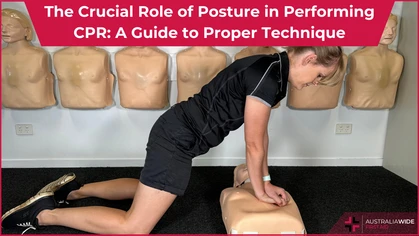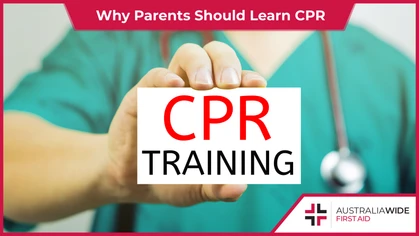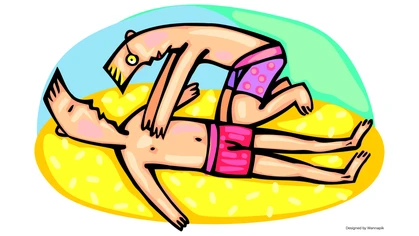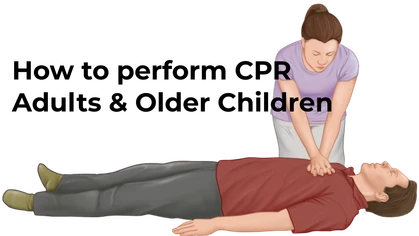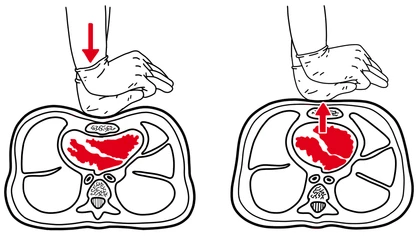Master the Basics of CPR in Just Minutes!

CPR Resources
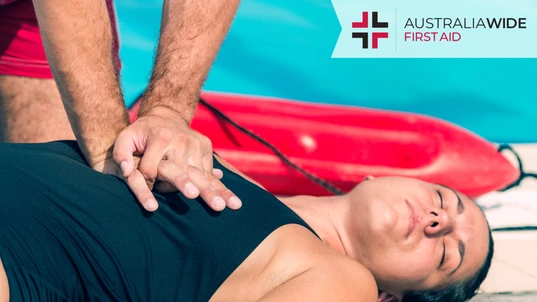
Knowing how to perform basic first aid and CPR is essential to be prepared for any emergency situation. Taking the time to learn the basics of CPR and first aid can save a life. This article will provide safety tips for every situation, prepare you for emergencies, and explain the basic first aid and CPR basics. It will also explain why taking a first aid course is essential for knowing how to save lives.
We all know the importance of being prepared for medical emergencies, but what about those situations where you are the only one around? Knowing the basics of CPR can make the difference between life and death in those moments. In this article we will discuss safety tips for every situation, preparing for emergencies, basic first aid, and CPR basics. We will also explain why taking a first aid course is essential for knowing how to save lives. By the end of this article, you will have the knowledge to master the basics of CPR in just minutes.Safety Tips for Every Situation
CPR is a life-saving technique that everyone should know. Following are some safety tips for mastering the basics of CPR in just minutes:- Make sure to be properly trained and certified in CPR before attempting to perform the procedure.
- Be aware of your environment. Be sure to have a clear space in which to perform CPR and have the necessary equipment and supplies nearby.
- Make sure to check the victim’s airway and breathing before performing CPR.
- Ensure that you are wearing the correct protective gear such as gloves and a face mask.
- Follow the basic steps of the technique: chest compressions, rescue breaths, and monitoring the victim’s response.
- Monitor the victim’s breathing, pulse, and colour during the procedure.
- Perform CPR in two-minute intervals before checking the victim's response.
- Do not perform CPR if the victim is conscious and breathing.
- If you are alone, contact emergency services immediately after performing CPR.
Preparing for Emergencies
It is important to be prepared for an emergency by mastering the basics of CPR. Knowing the basics of CPR can help you to save a life in the event of an emergency. Knowing the correct steps to take and the correct techniques to use can help you to quickly assess a situation and administer the correct assistance. It is important to be familiar with the basics of CPR, such as the chest compressions, the rate and depth of compressions, the ratio of compressions to breaths, and the positioning of the patient’s head. Being aware of the signs of cardiac arrest, such as sudden collapse, no pulse, and no breathing, can also help you to quickly respond to an emergency. It is important to be prepared for an emergency by being familiar with the basics of CPR. Taking a CPR class can help you to learn the proper techniques and gain confidence in your ability to respond quickly and correctly in an emergency. Knowing the basics of CPR can help you to be ready to save a life in the event of an emergency.Basic First Aid and CPR Basics
CPR, or Cardio-Pulmonary Resuscitation, is a life-saving technique used by medical professionals and laypersons alike. It can be used to restore breathing and circulation to a person whose heart or breathing has stopped. Learning the basics of CPR can be done in a matter of minutes, and can help save a life. The first step in learning CPR is to make sure the person is unresponsive and not breathing. If the individual is not responding and not breathing, the rescuer should call 000 and begin chest compressions. Chest compressions should be done in the centre of the chest at a rate of 100-120 compressions per minute. The rescuer should lean in and press down on the chest with their hands, using the heel of the hand to press down. The next step is to perform rescue breaths. This involves tilting the head of the person back, pinching the nose shut, and giving two rescue breaths. After giving two rescue breaths, the rescuer should resume chest compressions. This cycle of chest compressions and rescue breaths should be repeated until help arrives or the patient begins breathing on their own. In addition to CPR, basic first aid is also important to know. This includes dressing wounds, checking for broken bones, and providing comfort to the injured. Knowing basic first aid and CPR can help save a life in an emergency situation.Why Taking a First Aid Course Is Essential for Knowing How to Save Lives
Taking a first aid course is essential for knowing how to save lives. Australia Wide First Aid offers a variety of first aid courses that teach the basics of CPR and provide the critical skills needed to save lives in emergency situations. With the HLTAID011 Provide First Aid course, you can learn the basics of CPR in just minutes. This course teaches the correct techniques for airway management, cardiopulmonary resuscitation, and using an Automated External Defibrillator (AED). Additionally, you will learn how to assess a person’s condition and respond to bleeding, fractures, dislocations, and other medical emergencies. With the skills you learn in this course, you will be better prepared to provide basic first aid and save lives. Knowing how to perform CPR is an essential skill for anyone who wants to be able to help in an emergency situation. Taking a first aid course can help ensure that you have the knowledge and skills necessary to respond to medical emergencies and save lives.Enhance your CPR knowledge
Our Pocket Mask Training online course gives you the knowledge you need to be able to effectively us a pocket mask or face shield during CPR. Being fully online means you can work through it at your own place, either at your desk at work or in the comfort of your own home. Read the texts, watch the videos, and answer the quiz questions - it's as easy as that! You'll also receive a Certificate of Completion at the end of the course - perfect to hand to your employer or put on your resume.
Originally published at
https://www.australiawidefirstaid.com.au/resources/learn-cpr-in-a-snap
as part of the Australia Wide First Aid Articles Library
